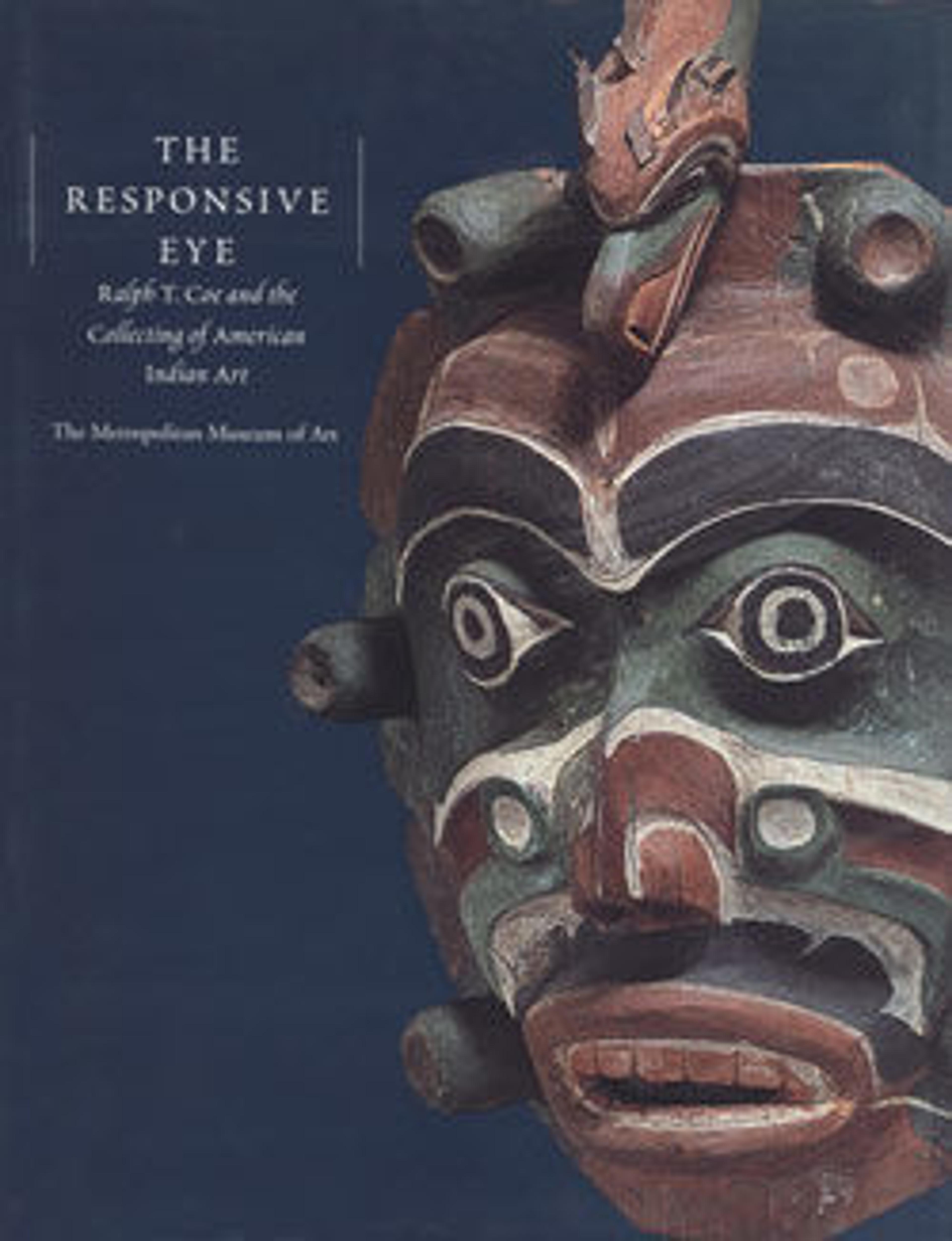Bannerstone, Double-Bitted Axe
Made between 6000 and 1000 BCE, carvings known as “bannerstones” are amongst the oldest finely sculpted lithics in the Americas. Indigenous North Americans created them from Michigan to the tip of Florida and from the Mississippi Valley over to the Atlantic coast. They carved and polished them with a peck and grind technology using a vast range of materials from soft sedimentary shale, to metamorphic slate or harder rock such as granite or quartz. Though bannerstones have been categorized by scholars into twenty-four different shapes, each one is a unique composition where sculptors appear to delight in the interplay of geologic characteristics in relation to the forms they sculpt. Using a hollow river reed, twisting it back and forth between their hands, adding water and sand to bite into the stone, they would drill a 1 to 2 centimeter hole down the center of the bannerstones for them to be hafted onto a shaft and hoisted or assembled on the body to be seen. Many bannerstones were found in areas at great distances from the geologic origin of the stone, revealing deep interest in stone texture and color and long distance travel and trade amongst ancient Indigenous sculptors. Of the thousands of bannerstones currently in public and private collections, many were found intentionally broken at the perforation where they are most fragile and then carefully placed in the ground. This breaking of bannerstones attests to Indigenous concepts about the materiality of stone and the act of breaking and of placing something of great value in the ground, not to be forgotten but to be remembered as active and alive.
The Indigenous sculptor chose soft sedimentary shale to carve this Double-Bitted Axe bannerstone. Thinning the curved edges to a millimeter in width, this bannerstone is exceedingly fragile. Parallel to the perforation they carved a pointed edge on both sides, accentuating the near perfect symmetry of the composition. On one side the ridge has chipped in what could be archaic or historic period wear. The perforation is masterfully drilled with a hollow reed leaving noticeable even concentric circles on the inside. Though there are a few chips on the thin edges of the stone, there is no sign of wear at the perforation. Given the unusually soft geologic material and thin flanges of this stone, this carefully sculpted bannerstone may have been intended for extraordinary rather than everyday display. 2011.254.13 is written in red on one of the curved edges.
Anna Blume, Professor of the History of Art, Fashion Institute of Technology, State University of New York 2023
References and Further Reading
Knoblock, Byron. Bannerstones of the North American Indian. LaGrange: LeGrange: Bryon Knoblock, 1939.
Lutz, David L. The Archaic Bannerstone: Its Chronological History and Purpose From 6000 B.C. to 1000 B.C. Newburg: David L. Lutz, 2000.
Sassaman, Kenneth. “Craftworks of Structure.” The Eastern Archaic Historicized. New York: AltaMira Press, 2010, pp. 97-142.
Bannerstone Project. Fashion Institute of Technology, https://bannerstone.fitnyc.edu/
The Indigenous sculptor chose soft sedimentary shale to carve this Double-Bitted Axe bannerstone. Thinning the curved edges to a millimeter in width, this bannerstone is exceedingly fragile. Parallel to the perforation they carved a pointed edge on both sides, accentuating the near perfect symmetry of the composition. On one side the ridge has chipped in what could be archaic or historic period wear. The perforation is masterfully drilled with a hollow reed leaving noticeable even concentric circles on the inside. Though there are a few chips on the thin edges of the stone, there is no sign of wear at the perforation. Given the unusually soft geologic material and thin flanges of this stone, this carefully sculpted bannerstone may have been intended for extraordinary rather than everyday display. 2011.254.13 is written in red on one of the curved edges.
Anna Blume, Professor of the History of Art, Fashion Institute of Technology, State University of New York 2023
References and Further Reading
Knoblock, Byron. Bannerstones of the North American Indian. LaGrange: LeGrange: Bryon Knoblock, 1939.
Lutz, David L. The Archaic Bannerstone: Its Chronological History and Purpose From 6000 B.C. to 1000 B.C. Newburg: David L. Lutz, 2000.
Sassaman, Kenneth. “Craftworks of Structure.” The Eastern Archaic Historicized. New York: AltaMira Press, 2010, pp. 97-142.
Bannerstone Project. Fashion Institute of Technology, https://bannerstone.fitnyc.edu/
Artwork Details
- Title: Bannerstone, Double-Bitted Axe
- Date: 6000–1000 BCE
- Geography: United States, Illinois
- Culture: Archaic
- Medium: Shale
- Dimensions: H. 3 × W. 4 3/4 × D. 5/8 in. (7.6 × 12.1 × 1.5 cm)
- Classification: Stone-Ornaments
- Credit Line: Ralph T. Coe Collection, Gift of Ralph T. Coe Foundation for the Arts, 2011
- Object Number: 2011.154.13
- Curatorial Department: The Michael C. Rockefeller Wing
More Artwork
Research Resources
The Met provides unparalleled resources for research and welcomes an international community of students and scholars. The Met's Open Access API is where creators and researchers can connect to the The Met collection. Open Access data and public domain images are available for unrestricted commercial and noncommercial use without permission or fee.
To request images under copyright and other restrictions, please use this Image Request form.
Feedback
We continue to research and examine historical and cultural context for objects in The Met collection. If you have comments or questions about this object record, please contact us using the form below. The Museum looks forward to receiving your comments.
